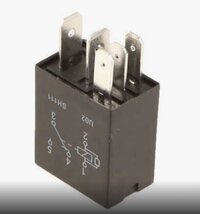I'm wiring some fogs, and realized that I still don't know the basics of relays. If others will help fill this in, I'll make a table that may be useful to others who come along. For example, I found what I think is a SPDT in my garage today, but cannot remember why I bought it, or when it would be helpful.
———
From @freedom_in_4low: A relay has a coil, and contacts. The switch supplies voltage across the coil (pins 85 and 86), and then the contacts change state. An animated illustration is provided by @Jerry Bransford here.
The table below gives some common examples, most of which is also explained here. Also, I learned here that relays like these only draw about 0.16 amps across the 85 and 86 pins.
———
From @freedom_in_4low: A relay has a coil, and contacts. The switch supplies voltage across the coil (pins 85 and 86), and then the contacts change state. An animated illustration is provided by @Jerry Bransford here.
The table below gives some common examples, most of which is also explained here. Also, I learned here that relays like these only draw about 0.16 amps across the 85 and 86 pins.
Name | Pics | Diagram | Notes | Example |
| SinglePole, SingleThrow (SPST) | 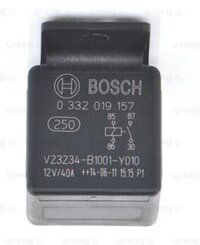 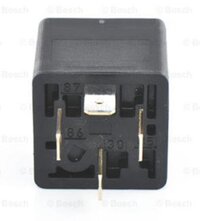 | 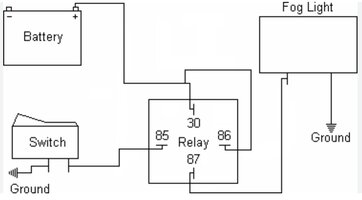 | Most commonly used for an aftermarket accessory. Wiring aux lights, for instance. As the name suggests, this offers only one "on" position for a single switch. A typical SPST relay will have 2 pins for the contacts, which will be normally open (NO) which means the contacts will be open when the coil is not energized, and the contacts will close when coil is energized. These are pins 30 (common) and 87 (NO). | Bosch, via Summit Bosch High_Amp |
DualMake, SinglePole, SingleThrow (SPST) "Headlight" | 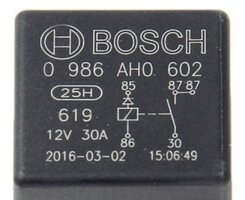 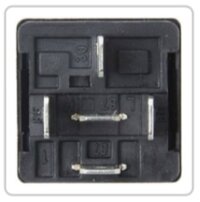 | 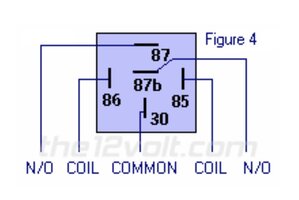 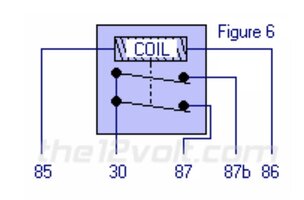 | These "Dual Make" SPSTs are like SPSTs, but instead of providing power to one pin (the 87), it provides power to two pins (both 87s) simultaneously. Can be helpful when trying to put two accessories on one switch, such as a pair of headlights or fog lights, which is why @mrblaine gave them this nickname. The alternative for wiring a pair of fog lights is to use a SPST above, and split the wire connected to 87 into two, one for each light. | Bosch, via Amazon |
| SinglePole, DoubleThrow (SPDT) | 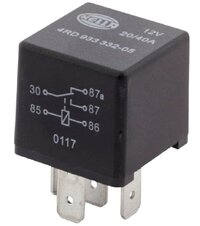 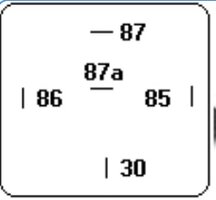 | 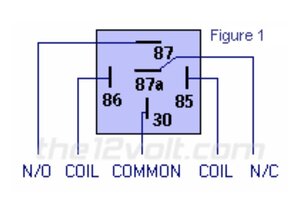 | For a single switch that accommodates two "on" modes, and no "off" mode. A double throw has 3 pins for the contact: common (C), normally open, and normally closed (NC, pin 87a). When the coil is not energized, you will have continuity between C/30 and NC/87a, but not C and NO/87. When energized, you'll get continuity between C and NO but not C and NC. You would use this in an either-or situation, as in either one or the other will be powered at all times. You don't have to use the second 'throw' for it to function, so this can also be used as a SPST if you just ignore the center pin. | Hella, via Amazon |
SinglePole, DoubleThrow (SPDT) "PDC Style" | 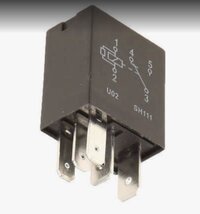 | Another SPDT, but in a different style to fit in the PDC. Used for a few items like horn, ASD, etc. |
Last edited:


